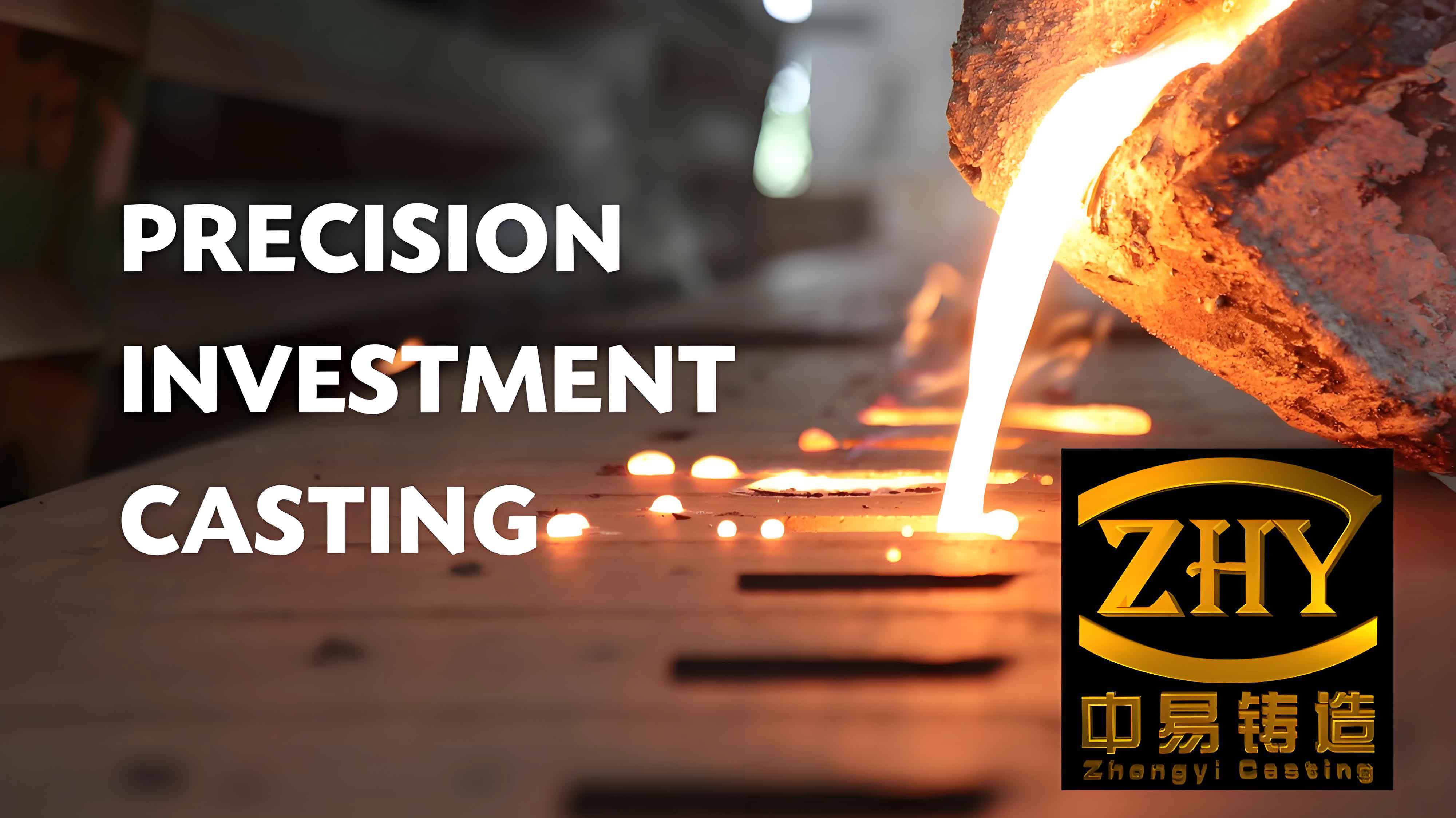
1. Fundamental Mechanisms of Shrinkage Formation
In precision investment casting, shrinkage porosity primarily originates from inadequate feeding at thermal centers during solidification. The localized heat accumulation (Q) in thick sections follows Fourier’s Law:
$$ Q = -k \nabla T $$
where k represents thermal conductivity and ∇T denotes temperature gradient. When the solidification time (tsolid) exceeds the feeding window, microporosity forms:
$$ t_{solid} = \frac{V^2}{4\alpha (T_p – T_m)^2} $$
where V is volume, α thermal diffusivity, Tp pouring temperature, and Tm melting point.
2. Critical Factors Influencing Shrinkage Defects
| Factor | Impact Mechanism | Control Parameter |
|---|---|---|
| Gating Design | Feeding pressure head (h) | $$ h \geq \frac{4\sigma}{\rho g d} $$ |
| Section Transition | Thermal modulus ratio | $$ M_{ratio} = \frac{T_{thick}}{T_{thin}} \leq 3:1 $$ |
| Shell Permeability | Gas venting capacity | Particle size distribution: 50-100 μm |
3. Advanced Feeding Strategies
For complex geometries in precision investment casting, directional solidification can be achieved through:
$$ \frac{dT}{dx} = \frac{T_{feed} – T_{cast}}{L_{feed}} \geq 25^\circ C/cm $$
Practical solutions include:
- Exothermic feeder sleeves: Increase local thermal gradient by 40-60%
- Controlled cooling: Water mist spraying reduces local solidification time by 30%
- Channel modification: Maintain feeding path continuity with aspect ratio > 2:1
4. Process Optimization Framework
| Defect Type | Detection Method | Corrective Action |
|---|---|---|
| Macroshrinkage | X-ray inspection | Increase pouring temperature by 20-40°C |
| Microporosity | Metallography | Adjust shell preheat to 800-950°C |
| Interdendritic | SEM Analysis | Modify alloy composition: Sr/Sb addition |
5. Case Study: Automotive Bracket Casting
A stainless steel (316L) component showed 12% rejection due to junction porosity. Implementation of:
$$ t_{contact} = \frac{\rho c_p (T_p – T_s)}{h(T_s – T_e)} $$
Where tcontact represents mold-metal interface stability time. Through gating redesign and localized cooling, yield improved to 98.7%.
6. Computational Modeling Approach
Finite element analysis for precision investment casting predicts shrinkage using Niyama criterion:
$$ Ny = \frac{G}{\sqrt{\dot{T}}} $$
Critical values for defect-free casting:
- Steel alloys: Ny > 1.0 (°C·s)1/2/mm
- Aluminum alloys: Ny > 0.5 (°C·s)1/2/mm
7. Emerging Technologies
Recent advances in precision investment casting include:
- Gradient shell systems: 15-25% improvement in cooling rates
- Active pressure feeding: 0.5-2 MPa external pressure application
- AI-driven process control: Reduces porosity by 40% through real-time thermal monitoring
8. Quality Assurance Protocol
| Stage | Parameter | Acceptance Criteria |
|---|---|---|
| Pattern | Surface finish | Ra ≤ 6.3 μm |
| Shell | Permeability | 50-100 GPU |
| Pouring | Superheat | 75-150°C |
The continuous evolution of precision investment casting techniques demonstrates remarkable potential for eliminating shrinkage defects through integrated thermal management and advanced process control methodologies.
